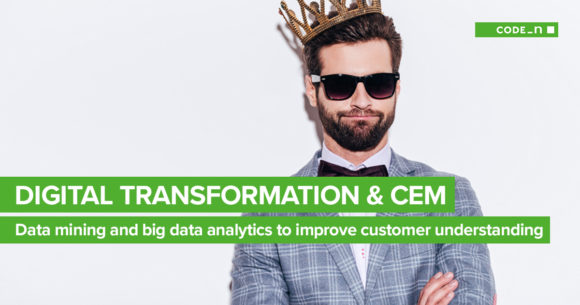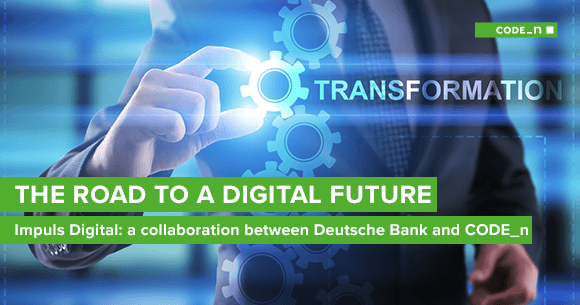Digital transformation and customer experience – how data mining and big data analytics improve customer understanding
The customer is king and the king wishes new services nowadays. Induced by digitalization he has changed his expectations on services and products. While the customer can access product information and purchase easily mobile – whenever and wherever he wants – the competition between companies grows stronger. Thus, the most effective way to distinguish yourself from competitors remains the customer experience: it already drives two thirds of the decisions customers make, according to an insight by McKinsey. The motto is: provide a great customer experience – or you may lose your customer. And as usual, technology is your friend! Read on to find out how digital transformation and data analytics help to improve the customer experience.

May we introduce? The new customer and his demands
What is new about the customer demands in our digitalized world? Three factors are elementary: first, the immediacy of products and services as the customer wants to interact anywhere at any time. Second, the personalization since they expect experiences and offers that target precisely their needs. Last, but not least, simplicity is critical as customers like easy and straightforward interactions.

Data Mining and Big Data Analytics are key to improve customer understanding
Companies must truly understand their customers to offer them the best possible experience. But how do you get to know them? The answer is Data Mining and Big Data Analytics. To investigate each customer’s journey on every touchpoint, companies need to analyze their data across all channels. The magic word here is Big Data and the insights it gives into behavior patterns of potential customers.
And the possibilities of Data Mining seem endless! We are happy to know some pioneers in Big Data Analytics among our CODE_n Alumni, who offer great possibilities for analyzing customer data. Focusing on retail, the startup provides real-time analysis of customer behavior that helps to optimize location performances. Another outstanding example is the startup Swan Insights, who combine Big Data and Social Web to achieve deep customer understanding. In their video, they get to the heart of the benefits of Data Analytics:
But first: digital transformation! The foundation for improved Customer Experience
To implement the data-driven Customer Experience progress, companies need to lay a solid foundation first. This internal evolution does not only involve sales and marketing teams, but also other players like information technology, purchasing and production. In a recent study, Forbes Insights and SAS define three pillars of data-driven Customer Experience: the Organization, that is the people in a company who need to change their perspective and rethink customer orientation. Then there is openness, which describes the integration of data and solutions for data-driven Customer Experience. Furthermore, the orchestration or alignment of back-end processes with front-end channels.
Successful digital transformation always puts the customer in its center and builds new services, operational processes and business models around him. This is the key to stay competitive and sustain future growth in the regime of the new king – pardon, customer.






Comments